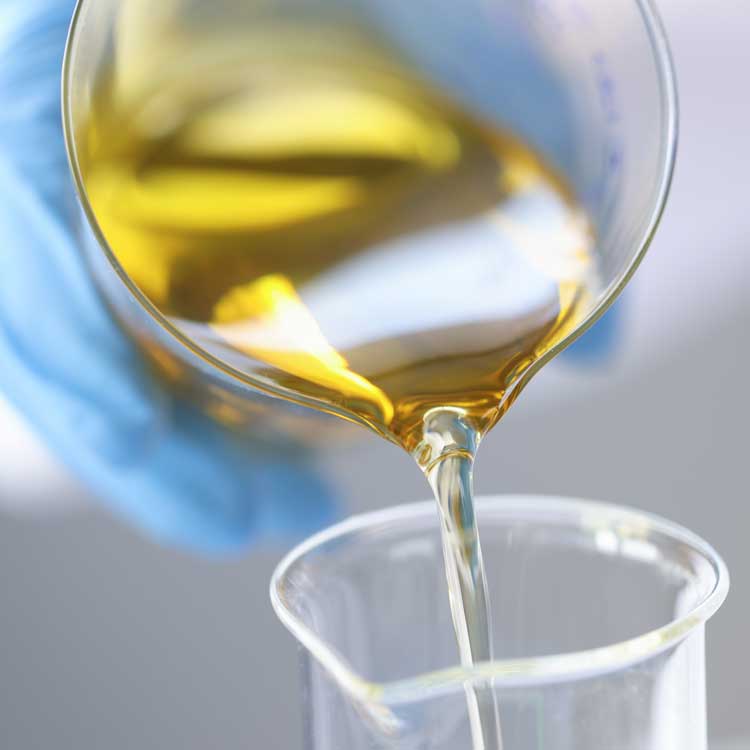No products in the cart.
Everything you need to know about PG and VG

PG is Propylene Glycol.
VG is Vegetable Glycerin.
They are both odorless liquids mixed with nicotine in certain ratios and flavor additives which constitute the liquids for vaporizers which are referred to be ‘e-juice’ or ‘vape-juice’. Consistencies differ and each of them has different tastes and sensations in the mouth and throat. These fluids or ‘e-liquids’ are often combined with vastly different proportions and contribute towards its ideal flavors, thickness, and sensations of throat hits.
Differences:
PG has less viscosity than VG. That is why it provides better throat hits and vapor plumes of lesser density than that of VG.
PG tastes less sweet than VG.
PG has more flavor than VG.
VG is smoother than PG. (Some vendors provide 100% VG mixes for sub-ohm vaping.)
Propylene Glycol – PG
This is the most commonly used base for e-liquids. Since it is less viscose, it is thin and runny which makes handling the e-liquid a little messy but would drip faster into the e-cigarettes wick and atomizer and vaporize faster. E-cigs would be easier to clean and it won’t gunk up the coil – making it much easier and faster to clean.
Propylene Glycol has a humectant property and it keeps things moist. It would also offer a strong but pleasing throat hit – much like the tobacco does. Since it does not have taste, it would not hinder any flavor of the e-liquid.
One downside of Propylene Glycol is that it may cause an allergic reaction, not for everyone, but one should stop and switch over to VG right away if any reaction occurs in the throat.
Vegetable Glycerin – VG
It is a little thicker and sweeter having a distinctive taste of its own which often affects the flavoring slightly. It may stick on the tank and the coil, making it more cumbersome to clean. Alcohol-dipped swabs may be used to getting rid of the gunk.
It is, however, less prone to allergies and hence seems easier on the mass, although there is the complaint of phlegm buildup after using the vegetable base. The liquid is thicker, making thicker plumes of vapor and one may find it more pleasant, but, it may detract vapers from a throat hit and other pleasing flavor sensations.
Which One Is Better?
This is a choice and a matter of personal preference. Propylene Glycol seems to gather more interest amongst the consumers for which manufacturers of e-liquids have elected it to be the standard base in most vapes. Since VG distorts the flavor, PG may offer a truer and more satisfying experience. The only real advantage of VG over PG is thicker plumes of vapor!
Side Effects of PG and VG
The most common side effects of PG are sore throat, dry mouth, and a feel of being thirsty which may last for a few days to a week for the body to get accustomed. Some may experience allergic reactions and irritability in the throat. Although it is very rare, if rashes do occur, one should immediately switch over to VG.
Side effects that people commonly experience with VG are almost the same as PG i.e. – dry mouth, increased thirst, and sore throat.
One should opt for drinking plenty of water and other fluids and better still – STOP vaping for at least a few days, if not be able to quit!
(Nicotine and Flavorings – Most flavor concentrates and nicotine come with a PG base. One needs to make an important consideration about this when making an e-juice with high VG; if the juice has higher percentages of nicotine and flavor, the level of VG drops even more. One may also find nicotine and flavorings in VG, but this is not yet commonly sold.)
Choosing The Right VG vs. PG Blend
Choose higher PG ratio for:
· Higher throat hit
· Stealth vaping
· Easy cleanup
Choose higher VG ratio for:
· Added sweetness
· Cloud-chasing
· Smooth flavor
Other Uses:
PG is an ingredient often present in asthma inhalers, pet food, oral or topical medical products, and even beauty products.
VG has been used as a sweetener and can be present in beauty products like makeup, mousse, bubble bath, deodorant, and aftershave. It is also found in pet food, hand cream, pills, and toothpaste.